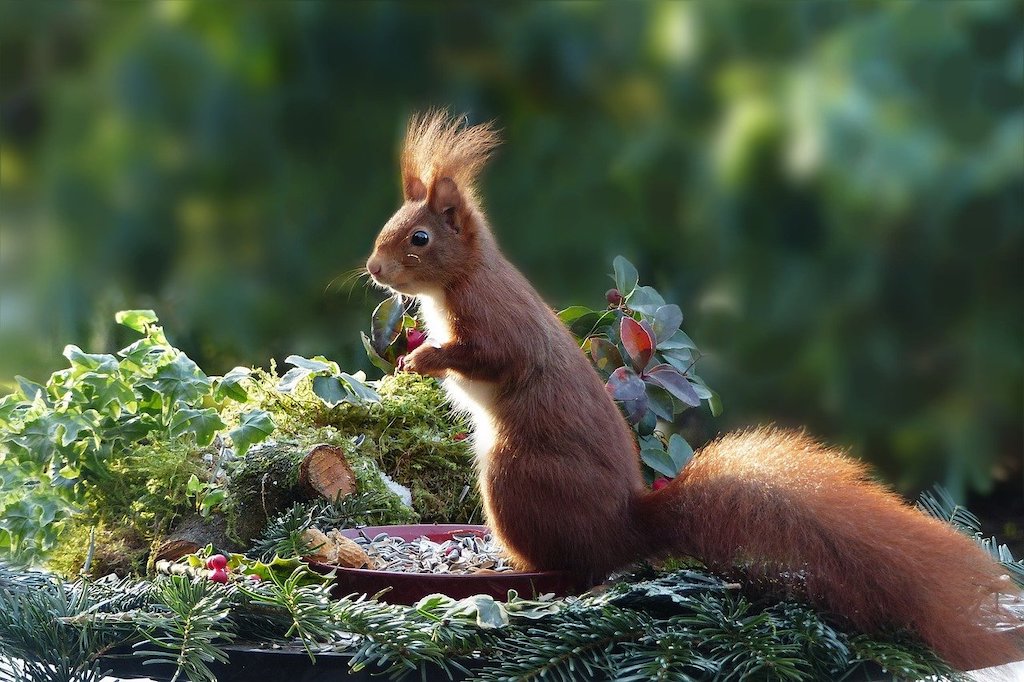
What gardening jobs are there to do in November?
By the beginning of November, the gardening season is coming to a close. The leaves are coming off the trees, flowers have long gone, and everything seems to be going into hibernation.
But that does not mean that there is nothing left to do in the garden!
Planting
Late fall is the time to plant bulbs for spring flowers. You will be delighted when the first dots of colour appear in the spring, and the bees will love you for a welcome source of nectar early in the year. It is also time to plant perennials, shrubs and naked-root fruit trees.
Sowing
As for veggies, it’s now or never for planting garlic, shallots, and onion sets, before it gets too cold.
You can also still sow some hardy crops, but make sure to select winter-hardy varieties!
Of course, your climate zone determines what you can grow. So, check your growing zone, and use your own judgement – you know your micro-climate best!
In growing zone 7/8, likely candidates are salad greens, Asian mustards, and maybe even radishes.
Broad beans and peas, as well as hardy spring onions, are also good contenders.
The most impatient gardeners even start sowing certain long season crops like chillies at this time. But, that is only recommended if you have the space on a warm windowsill or in a frost-free greenhouse.
If you are not growing anything during the winter, treat your empty beds to a crop of green manure. These can be cut and dug under in the spring, to replenish the nutrients in the soil.
Harvest
If you have followed a well-spaced growing plan, you will still have fresh vegetables to harvest. Cauliflower, Brussels sprouts, cabbage, celeriac and carrots are still in season. Leek and kale will soon be ready.
Don’t forget to cover the Brassicas to protect them from hungry mice and birds!
Tidying up
Traditionally, gardeners get their scissors out and start snipping off the dead foliage and wilted bloom once summer is over. But, if you value the wildlife in your garden, don’t do it! This apparently dead foliage is where the caterpillars attach themselves and spin themselves into a chrysalis to over-winter and transform into butterflies.
And, some of those dead stalks still have a cache of seeds that the birds will appreciate.
But, do rake up the leaves and compost them, or use them as mulch on your beds. They provide excellent nutrients to nourish your plants next year.
Cutting back
Cut the dead canes of autumn fruiting raspberries and dead or old branches of black currents and similar berry bushes.
Grafting
If you have trees that need grafting, now is the time to take hardwood cuttings so you can graft the trees early in the coming season. The cuttings must be over-wintered in a cool, dark place (fridge or cold basement) to keep the buds dormant until you are ready to use them.
Wildlife
It is now getting more difficult for the animals to find enough food to get them through the winter – especially for the birds. Fill your feeders with seeds and nuts or, make some fat-based seed cake.
And, don’t forget, birds and hedgehogs that are not yet hibernating also still require fresh, clean water.
#Ads
Disclosure: As an Amazon Associate, I earn from qualifying purchases on Amazon and other affiliate sites.


